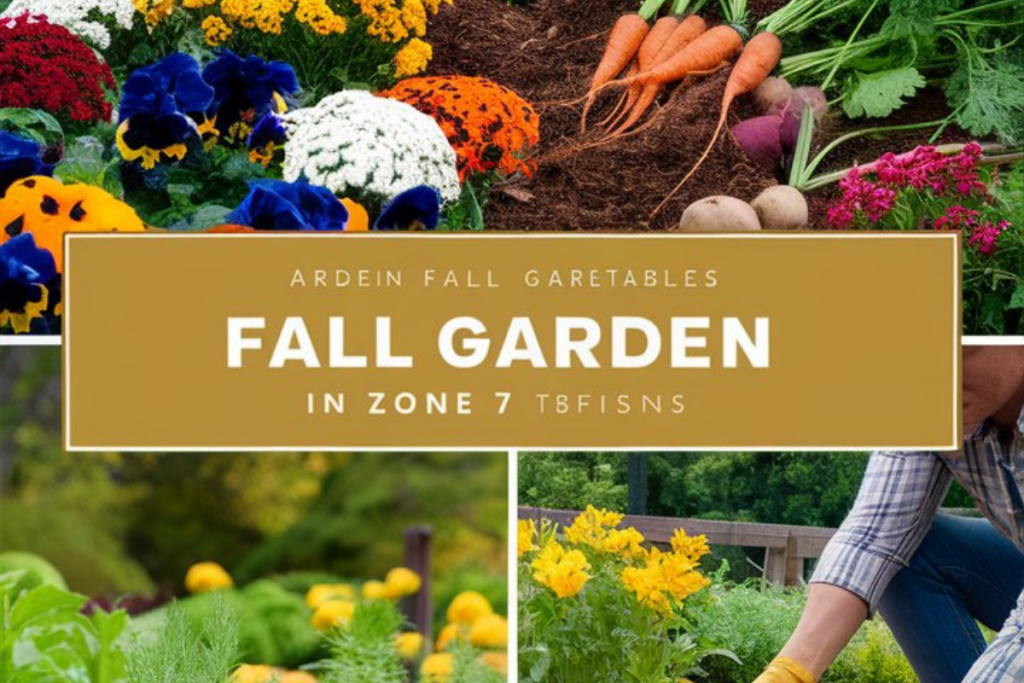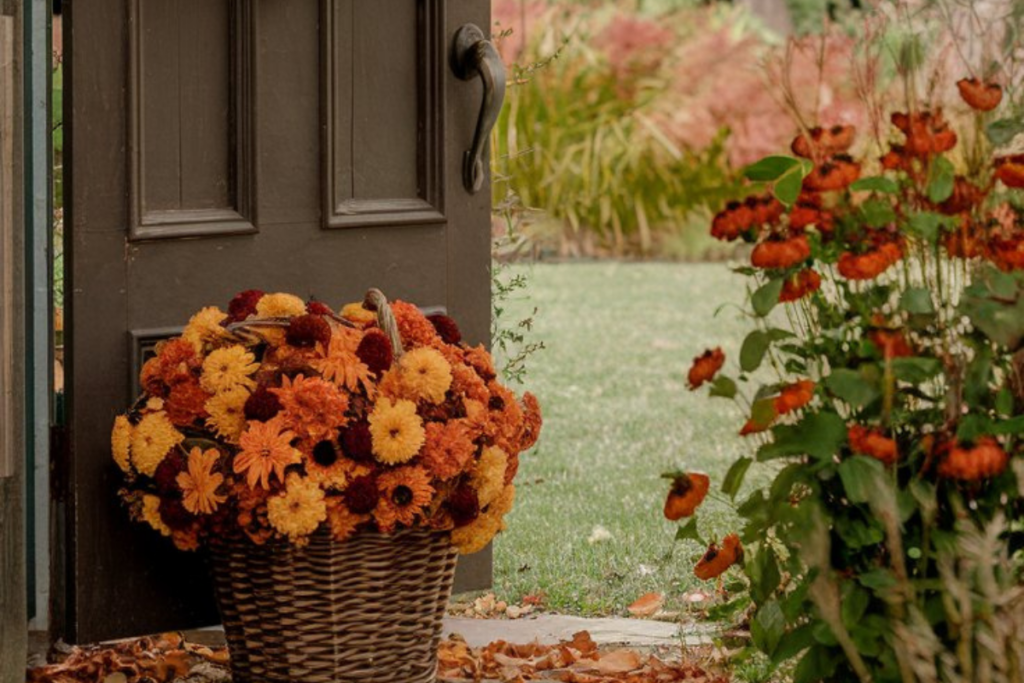Fall is a fantastic time for planting in Zone 7. With its mild temperatures and extended growing season, this zone offers a perfect environment for various plants to thrive. Whether you’re a seasoned gardener or a beginner, this guide will help you make the most of your fall planting efforts in Zone 7.
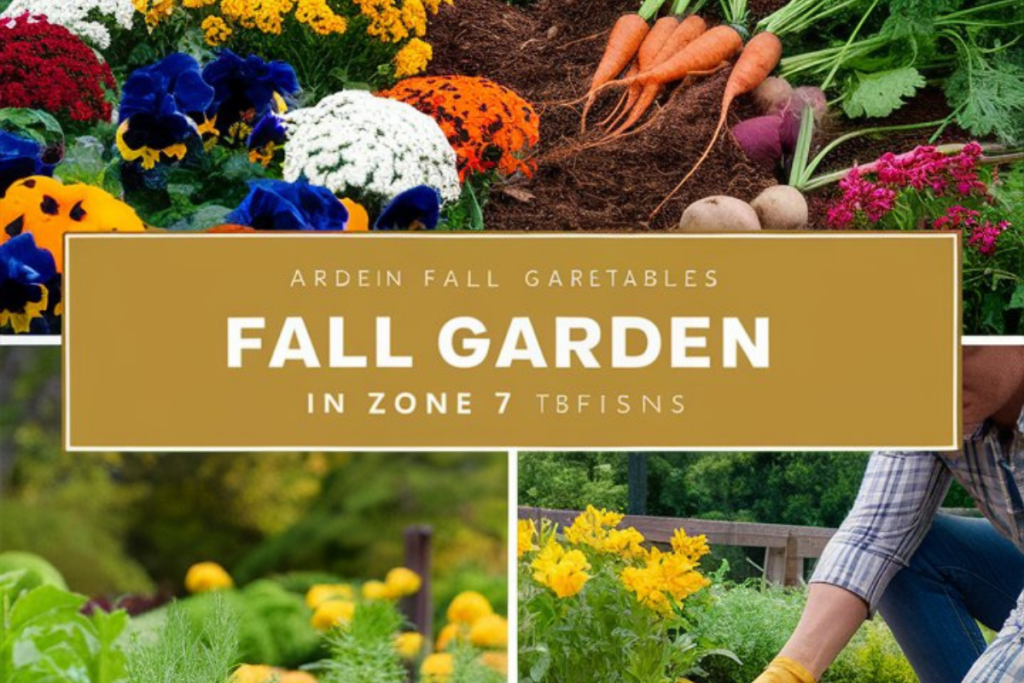
1. Understanding Zone 7
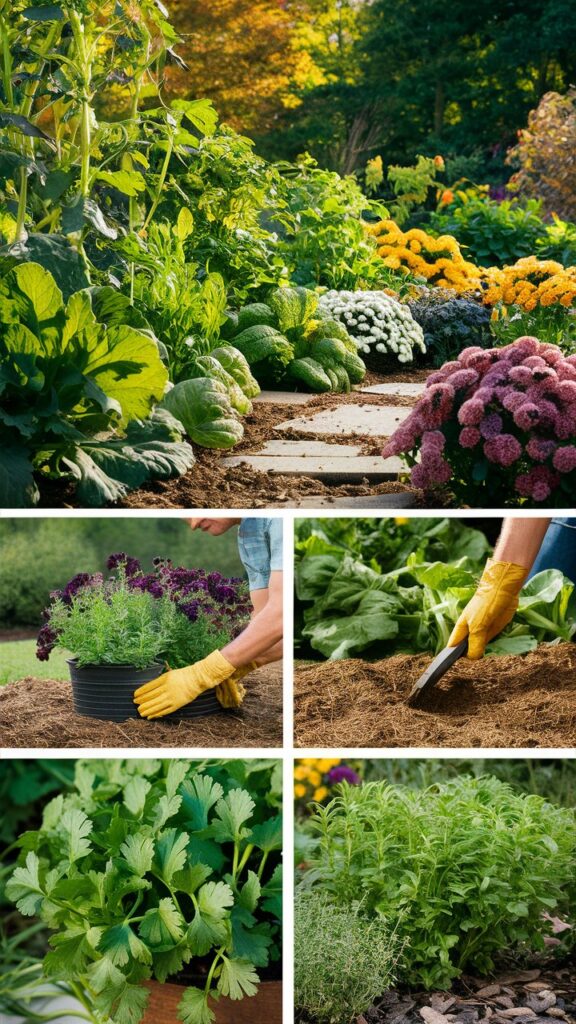
Zone 7 is characterized by a moderate climate with an average minimum winter temperature of 0 to 10 degrees Fahrenheit (-18 to -12 degrees Celsius). This zone covers parts of the southern and central United States, including areas like North Carolina, Tennessee, and Texas. Knowing your zone helps in selecting plants that are well-suited to your climate.
2. Best Fall Vegetables for Zone 7
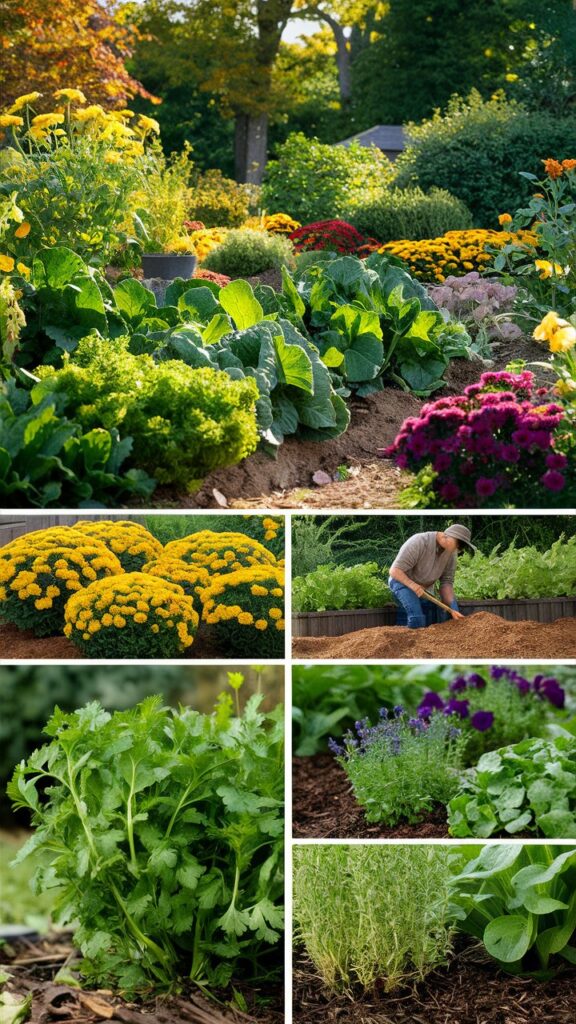
Fall is an excellent time to plant cool-season vegetables. Here are some top choices:
- Leafy Greens: Spinach, kale, and Swiss chard thrive in the cooler temperatures of fall.
- Root Vegetables: Carrots, beets, and radishes are perfect for fall planting.
- Brassicas: Broccoli, cauliflower, and Brussels sprouts grow well and can withstand light frosts.
3. Ideal Herbs for Fall Planting
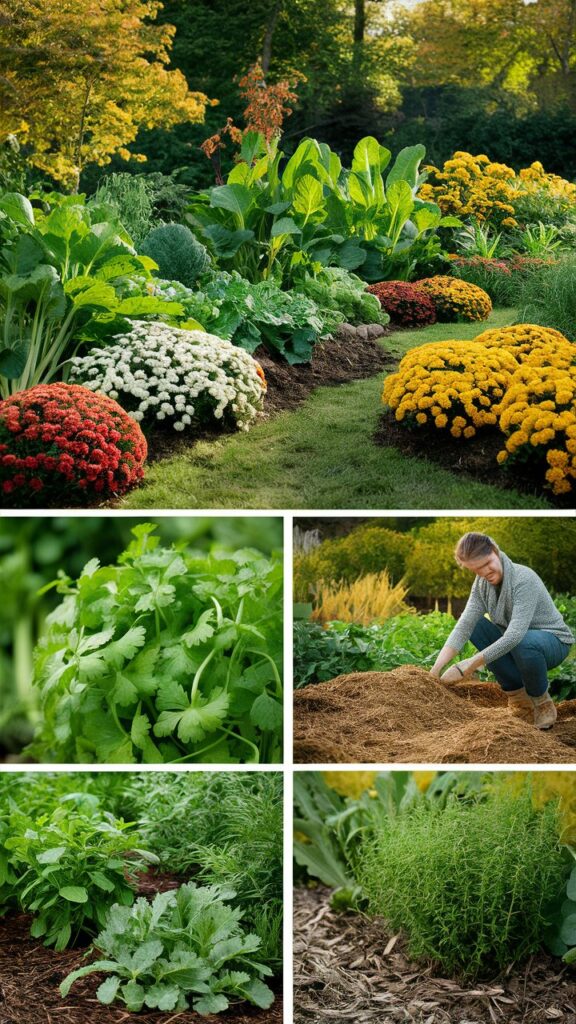
Certain herbs flourish when planted in the fall in Zone 7:
- Cilantro: Prefers cooler weather and can be harvested before the first hard frost.
- Parsley: A biennial that grows well in cooler temperatures and can be harvested through winter.
- Thyme: Hardy and can survive winter, providing fresh herbs even in cold months.
4. Fall Flowers to Brighten Your Garden
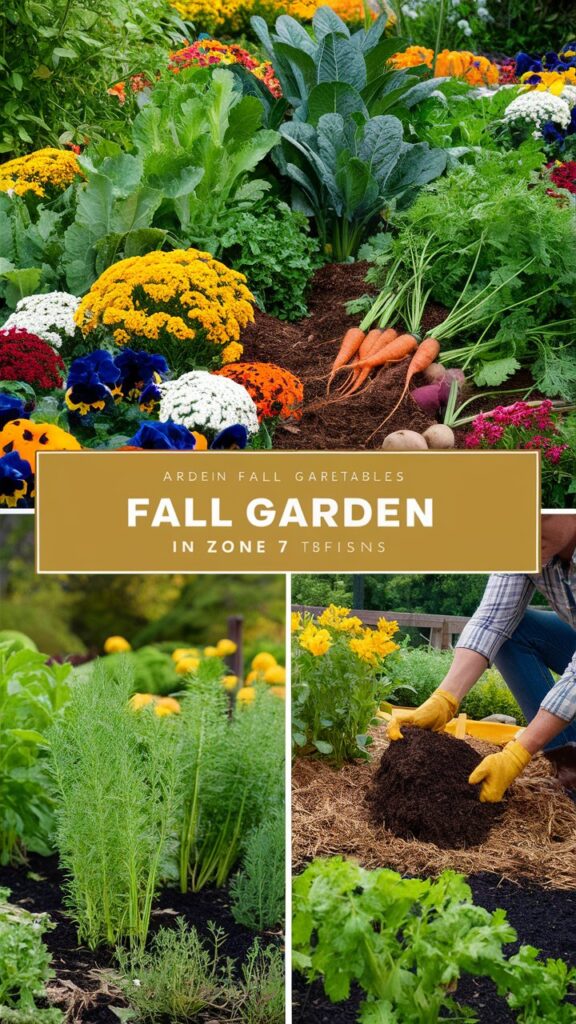
Add some color to your fall garden with these flowers:
- Pansies: Cold-tolerant and provide vibrant colors throughout fall and winter.
- Mums: Perfect for fall with their bright blooms and can be perennials in Zone 7.
- Asters: Late bloomers that add beautiful purple and blue hues to your garden.
5. Tips for Successful Fall Planting
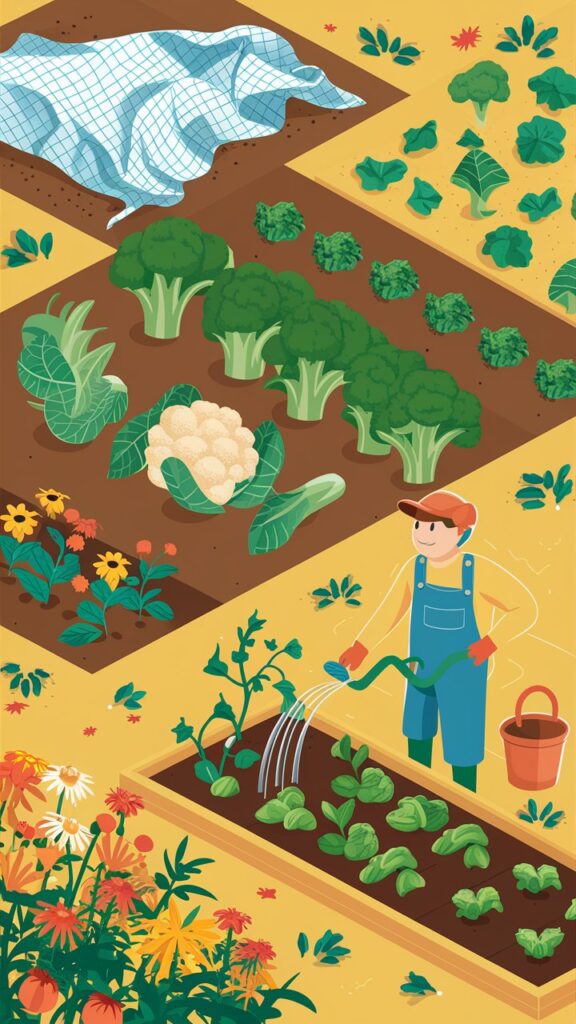
Follow these tips to ensure a bountiful fall garden:
- Soil Preparation: Enrich your soil with compost and organic matter to improve fertility and drainage.
- Mulching: Apply mulch to retain moisture and regulate soil temperature.
- Watering: Keep the soil consistently moist, especially during dry spells.
- Frost Protection: Be prepared to cover sensitive plants with frost cloths if an early frost is forecasted.
Fall planting in Zone 7 offers a great opportunity to extend your gardening season and enjoy a variety of vegetables, herbs, and flowers. By understanding your zone and following these tips, you can create a thriving fall garden that will bring joy and produce well into the cooler months. Happy planting!
